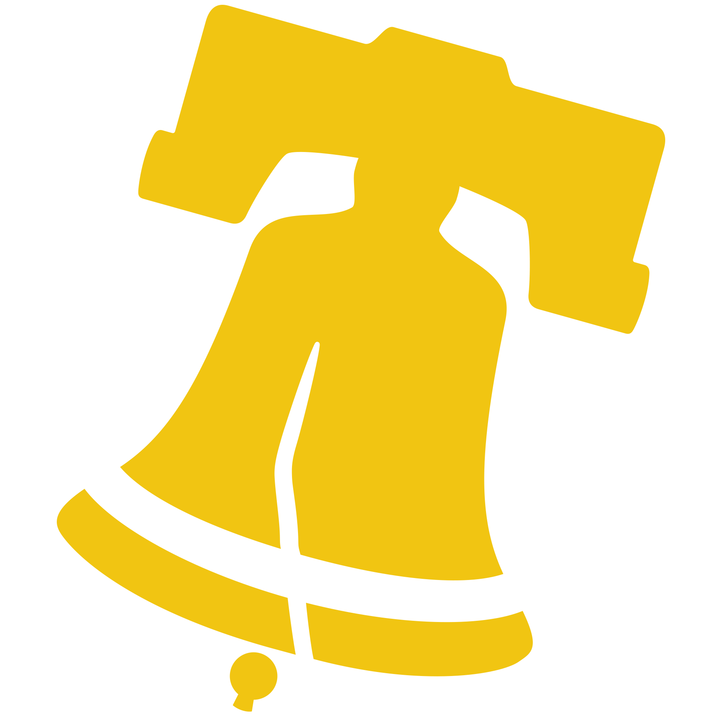TERMS OF USE: Browsing City data on this site constitutes acceptance of the license, the City’s terms of use and your agreement to be bound by them.
The City of Philadelphia reserves all rights in the GIS database and any data contained therein, and the end user’s use of the data does not constitute a transfer of, nor does the end user receive, any title or interest in the database or any other City data. The City of Philadelphia makes no representation about the accuracy of any specific information in this GIS data and is provided “as is” and without Warranty of any kind. The user of this data will assume complete responsibility for any and all occurrences resulting from its use or display and will hold the City of Philadelphia harmless from any and all claims, demands, liabilities, obligations, damages, suits, judgments or settlements, including reasonable costs and attorneys’ fees that arise from use of this data.
OVERVIEW: Explore open data from the City of Philadelphia and learn more about the City’s effort to make more available. Open data is becoming a key part of the way governments conduct business and reach constituents. Learn what’s next for the City’s Open Data Program (https://beta.phila.gov/programs/open-data-program/).
Philadelphia Child Blood Lead Levels
This dataset includes the number of newly identified (incident) children with blood lead levels (BLL) ≥5 µg/dL, the number of children screened, and the percent of children screened with BLLs ≥5 µg/dL. The ZIP code data is for 2015 and the census tract data is for 2013-2015.
Cell counts with missing values are those with less than six observations, which was truncated to ensure confidentiality. Cells with values of zero were included.
Resources
-
2015 by Zip Code (Visualization)
HTML
(Details)
-
Philadelphia Child Blood Lead Levels By Zip Code (CSV)
CSV
(Details)
-
Philadelphia Child Blood Lead Levels By Zip Code (SHP)
SHP
(Details)
-
Philadelphia Child Blood Lead Levels By Zip Code (GeoJSON)
GeoJSON
(Details)
-
Philadelphia Child Blood Lead Levels By Zip Code (API)
api
(Details)
-
2013-2015 by Census Tract (Visualization)
HTML
(Details)
-
Philadelphia Child Blood Lead Levels By Census Tract (CSV)
CSV
(Details)
-
Philadelphia Child Blood Lead Levels By Census Tract (SHP)
SHP
(Details)
-
Philadelphia Child Blood Lead Levels By Census Tract (GeoJSON)
GeoJSON
(Details)
-
Philadelphia Child Blood Lead Levels By Census Tract (API)
api
(Details)
-
Philadelphia Child Blood Lead Levels (Metadata)
HTML
(Details)
Additional Info
| Created | September 29, 2017 |
|---|---|
| Category | Education, Health / Human Services, Public Safety |
| License | Other (City of Philadelphia) |
